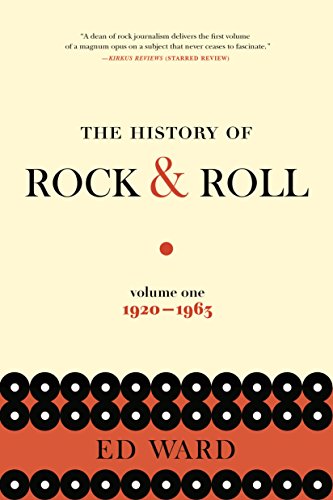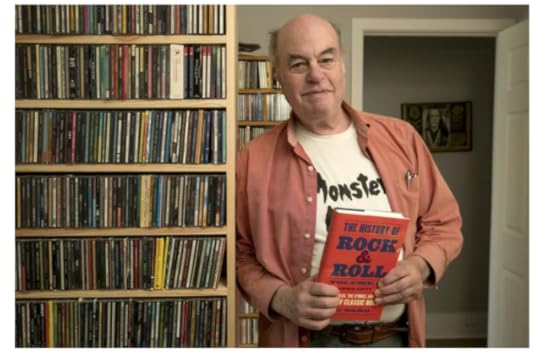What do you think?
Rate this book


416 pages, Paperback
First published November 15, 2016

"...Or, rather, it could have been just one of the things you did, if you did it, like smoking hams, mending the roof and the fences, and hoeing the vegetable patch.
Black or white, Northern or Southern, rural life consisted of one job after another, just to stay alive. Sometimes, particularly among African Americans, music accompanied work, as it also did among sailors or excavating crews. “Field hollers” may have been African survivals, and recordings of prisoners in the fields doing agricultural work, giving off with whoops and pieces of melody, sound eerie to our ears."